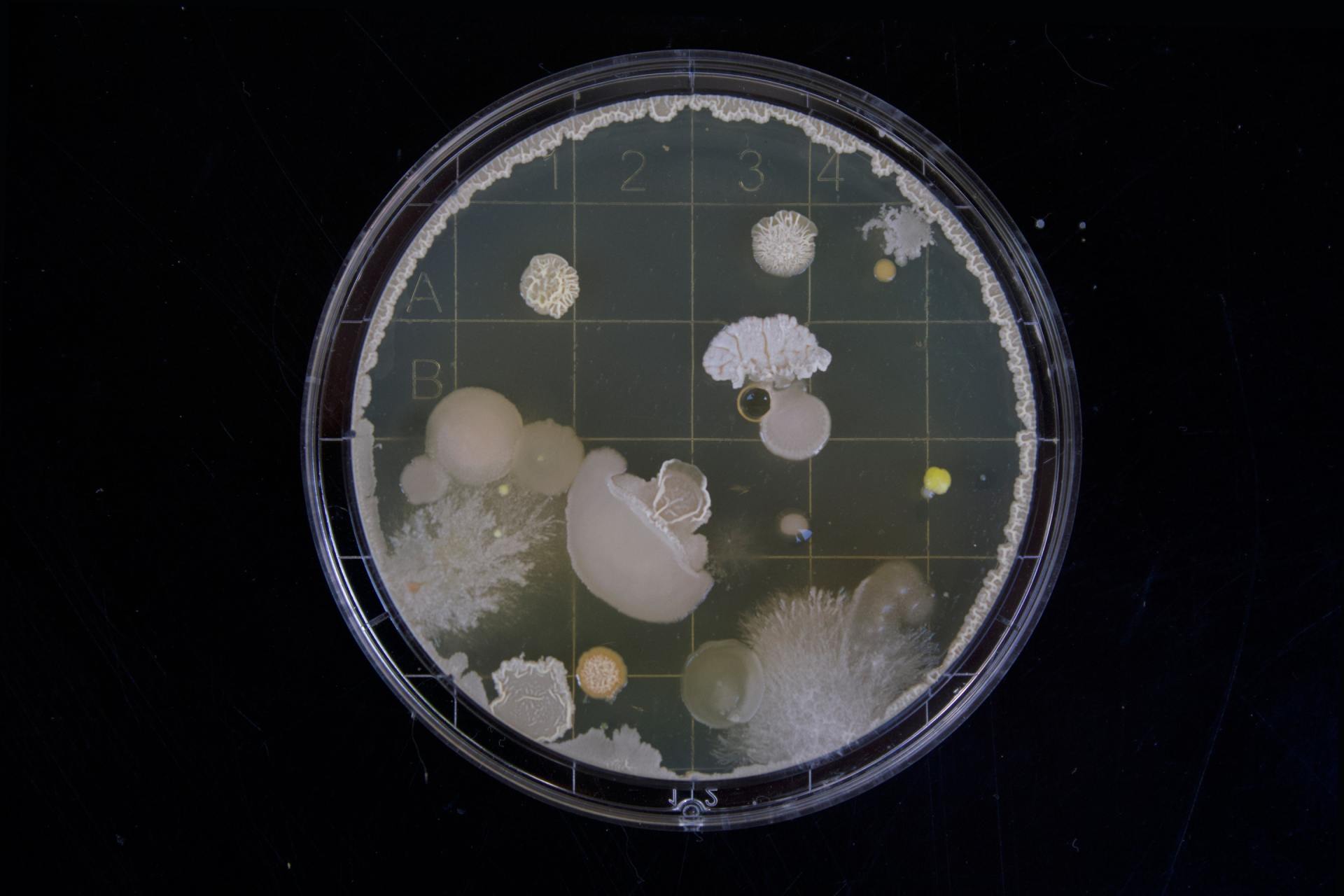Organic Acid
Testing the metabolic processes in the body
The WHL offers the following balanced package with organic acid more than 70 determinations in urine:
YEAST & FUNGAL MARKERS
Citramalic
5-hydroxymethyl-2 furoic
3-oxoglutaric
Furan -2,5-dicarboxylic
Furancarbonylglycine
Tartaric
Arabinose
Carboxycitric
KREBS CYCLE METABOLITES
Succinic
Fumaric
Malic
2-oxoglutaric
Aconitic
Citric
AMINO ACIDS METABOLITES
Amino acid
2-hydroxyisovaleric
2-oxoisovaleric
3-methyl-2-oxovaleric
2-hydroxyisocaproic
2-oxoisocaproic
2-oxo-4-methiolbutyric
Mandelic
Phenyllactic
Phenylpyruvic
Homogentisic
4-hydroxyphenyllactic
N-acetylaspartic
Malonic
3-methylglutaric
NUTRITIONAL MARKERS
Methylmalonic (vitamin B12 marker))
Pyridoxic (vitamin B6)
Pantothenic (vitamin B5)
Glutaric (vitamin B2 marker)
3-hydroxy-3-methylglutaric (Co Q10 marker))
N-acetylcysteine (gluta-thion precursor)
Methylcitric (vitamin B7/Biotin marker)
MALABSORPTION & BACTERIAL MARKERS
2-hydroxyphenylacetic
4-hydroxyphenylacetic
Hippuric
3-indoleacetic
HPHPA (Clostridia marker)
OXALATE METABOLITES
Glyceric
Glycolic
Oxalic
NEUROTRANS-MITTER METABO-LITES
HVA (homovanillic)
VMA (Vanillymandelic)
5-hydroxyindoleacetic (5-HIAA)
Quinolinic
Kynurenic
KETONE AND FATTY ACID OXIDATION
Ketone and fatty acid oxidation
3-hydroxybutyric
Acetoacetic
4-hydroxybutyric
Ethylmalonic
Methylsuccinic
Adipic
Suberic
Sebacic
WHEN TO MAKE MEANINGFUL DETERMINING OF ORGANIC ACID IN URINE?
- Disturbances in the metabolism of the aromatic amino acids: (Phenylketonuria, tyrosinemia, Hawkinsuria, Alcaptonuria).
- Disruptions in the metabolism of the branched chain amino acids (Maple syrup urine disease, isovaleric acidemia, methylcrotonylglycinuria, biotin-responsive multiple carboxylase deficiency, methylglutaconic aciduria, 3-hydroxy-3-methyl glutaric aciduria, 3-ketothiolase deficiency, propionic acidemia, methylmalonic acid acidemia).
- Disruptions in the metabolism of other amino acids: (ketoadipic acid aciduria, glutaric aciduria type I and II, 5-oxoprolinuria, ornithine transcarbamylase deficiency, citrullinemia, arginosuccinic aciduria, arginemia, Canavan disease, methioninemia).
- Disturbances in purine metabolism (Lesch-Nyhan syndrome).
- Disruptions in the pyrimidine metabolism (orotic acidemia).
- Disruptions in cholesterol synthesis (mevalonic acidemia).
- Disruptions in fatty acid oxidation: (short, medium and long chain fat acyl dehydrogenase (SCAD, MCAD and LCAD) deficiency, multiple acyl dehydrogenase (MAD) deficiency, long chain 3-hydroxyacyl dehydrogenase deficiency).
- Other combined disorders: (Glutathione synthetase deficiency, fumarase deficiency, succinic semialdehyde dehydrogenase deficiency with lactic acidosis, malonyl CoA carboxylase deficiency, 2-ketoadipic acidemia, glutaric acidemia type I, pyruvate dehydrogenase E1 and E2 subunit deficiency, dihydrolipoyl dehydrogenase deficiency, biotinidase deficiency , alphaketoglutaric acidemia, pyruvic acid dehydrogenase phosphatase deficiency, primary hyperoxaluria type I and II, Oasthouse urinary disease (methionine malabsorption syndrome), Hartnup's disease, fructose 1,6 diphosphatase deficiency, ethylmalonic acid adipic acidemia, neuroblastoma, carcinoid syndrome, pheochromacytoma).
- Disorders related to lactic acidemia and / or pyruvic acidemia in which other organic acids are not characteristically elevated: (pyruvic acid carboxylase deficiency (neonatal or infantile forms), phosphoenol pyruvic acid carboxykinase deficiency, NADH-CoQ oxidoreductase (complex I) deficiency, ubuquinol cytochrome C reductase (complex III) deficiency, cytochrome oxidase (complex IV) deficiency, myoclonic epilepsy with ragged red fibers (MERRF), mitochondrial encephalomyopathy lactic acidosis with stroke-like episodes (MELAS), Kearns-Sayre syndrome).
An organic acid analysis is indicated for the following complaints:
- Serious, unusual or recurrent symptoms for which no cause has been found.
- Frequent infections and / or a failing immune system.
- SIDS (sudden infants death syndrome), almost SIDS or a history with SIDS or almost SIDS.
- Lethargy, coma, Reye syndrome.
- Periods with apnea or heart-respiratory 'arrest'.
- Alopecia (baldness due to hair loss) and / or severe dermatitis, including peripheral neuropathy.
- Striking aversion to protein-rich food, such as meat, fish and milk products and / or a history of nausea and vomiting after intake of proteins.
- Prolonged, unexplained periods of nausea and vomiting.
- Juvenile arthritis and / or pain in the joints that is not the result of autoimmune disease.
- Psychosis, autism and other serious behavioral disorders.
- Remarkable body odor or urine smell or abnormally colored (black, blue, red or green) urine.
- Hepatomegaly.
- Abnormal blood clotting or dispersed intravascular coagulation that can not be explained by a shortage of known clotting factors or other disease states, such as lupus.
- Severe long-term constipation or diarrhea that can not be attributed to a disease condition.
An organic acid analysis is also indicated when the following abnormal laboratory values have been found:
- Increased glucose in non-diabetic patients.
- Low glucose.
- High normal ammonia value or an abnormal increase in the ammonia value.
- Low BUN (blood urea nitrogen).
- Increased lactic acid.
- Increased serum uric acid.
- Increased anion gap.
- The presence of uric acid crystals in the urine
- Increased ketones.
- Severe anemia.
- Immune deficiencies of which the cause is unknown.
- CPK values that are many times the upper limit of the normal range.
- Triglycerides values of 800 mg / dl or more.
- Serum cholesterol higher than 250 mg / dl or less than 50 mg / dl.
- Low blood pH without a clear cause being known.
- The organic acid analysis can be combined with an amino acid analysis.
LITERATURE:
ADDRESS Europe
WHL | World Health LaboratoryRegulierenring 93981 LA BunnikThe NetherlandsPhone: +31 30 2871492Fax: +31 30 2802688CC: 58481087
ADDRESS North America
HDRI| Health Diagnostics and Research Institute 540 Bordentown Avenue, Suite 2300 South Amboy, NJ 08879Phone: +1 732-721-1234Fax: +1 732-525-3288
OPENING HOURSAPPOINTMENT ONLY:
- Mon - Fri
- Appointment Only
- Sat - Sun
- Closed











